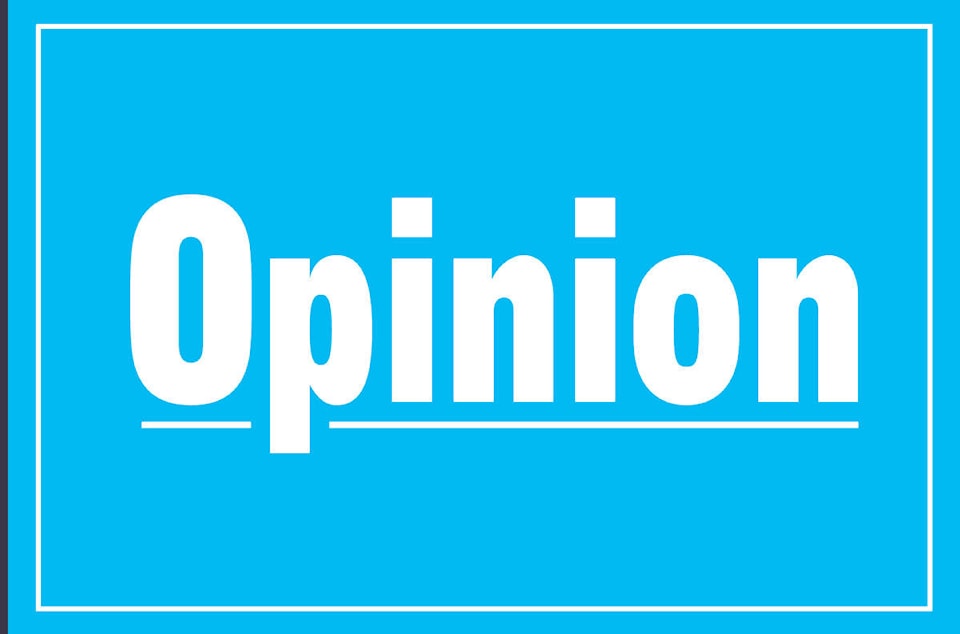How can Alberta overcome its dire pandemic situation? It has twice the per capita active case rate as Ontario and is now the highest in North America.
The average COVID-19 test positivity rate in Canada is 4.1 per cent, but varies around 10 to 11 per cent in Alberta compared to 6.8 per cent in Ontario.
Premier Jason Kenney recently stated that apart from tougher restrictions, he had “no tools left in the toolbox.” Yet he continues to overlook the need for paid sick benefits.
So far, he has agreed to cover three hours of paid leave when persons are vaccinated, and self-isolation support with room, board, and a payment of $625, for a total value of $2,000. He termed this “more generous than any province in Canada.”
Ontario has imposed border restrictions, opened field hospitals, flown up to 80 GTA patients daily as far as Ottawa and North Bay, recorded record ICU admissions, cancelled most elective surgery, and sought the assistance of the Red Cross, Canadian Armed Forces, and nurses and MDs from Newfoundland and Labrador. Yet the future outlook for Alberta is potentially worse unless Kenney uses all his tools.
Only two provinces mandate paid sick leave: in Quebec, two paid sick days per year after three months of employment and in Prince Edward Island one day after five years of employment. Ontario used to require two days, but this was repealed by Premier Doug Ford in 2018.
Dr. Peter Juni, co-chair of Ontario’s science table, stated, “If you want to get the pandemic under control, you need to address this root cause, and if the province wants to get this under control, and tried to do this without efficient paid sick leave, it won’t work.”
Instead, for months, Kenney and Ford argued that the problems were a poor supply of vaccines and a lack of border controls – both due to the federal government.
He was only partly correct, and ignored the problem of workplace infection, over which he has had some control.
Justin Trudeau has promised that Canada will receive from Pfizer: two million vaccine doses per week in May and 2.5 million per week in June. Manitoba and Saskatchewan have reached agreements for vaccination in North Dakota of truck drivers. Kenney announced that Montana will provide Johnson and Johnson vaccine injections to Alberta truck drivers. Alberta is also sending mobile teams to vaccinate people in meat packing plants and other “hot zones.” It may reduce the four-month gap between first and second vaccine doses. However, even mass vaccinations will not rapidly terminate the pandemic.
For months, Ford had refused to consider provincial sick leave, but relied on the federal Canada Recovery Sickness Benefit. However, the CRSB pays only $450 per week after taxes (less than minimum wage), persons must apply every week, it does not cover shorter leave times, and remittance may take several weeks.
As the CRSB was not improved in the new federal budget, Ontario announced that it would finally consider a supplemental provincial program. They eventually proposed to double the CRSB to $1,000 per week, and cover 100 per cent of the increased cost. However, simply piggy-backing onto the CRSB would not correct its many deficiencies.
More recently, the Ford government passed legislation that provided three paid sick days. Businesses would pay up to $200 per day, and be reimbursed by the WSIB. On May 7, Manitoba announced a program that would provide employers with up to $600 per employee for up to five days – a good start. However, in both provinces, sick employees when needing 10-14 days off would have to apply for the federal CRSB, with all its faults. Thus, it would be complicated and far from seamless.
All levels of government should better collaborate. For example, simpler is a proposal by Rachel Notley for ten days of paid sick leave. Isolating workers would continue to be paid through their employer, who would be reimbursed by the Alberta government, which would eventually be paid by Ottawa, in part by redirecting funds from the CRSB program.
Kenney and the other premiers should immediately mandate sufficient paid sick leave for all workers. Ottawa should also provide funding to the provinces and territories so as to provide adequate sick benefits to MDs, nurses, and other health professionals, especially while they are awaiting to be fully vaccinated. As Brampton, Ontario Mayor Patrick Brown argued, “Leadership is the ability to correct the course when you realize you have made an error.”
Ottawa physician Dr. Charles S. Shaver was born in Montreal. He is past-chair of the Section on General Internal Medicine of the Ontario Medical Association.
